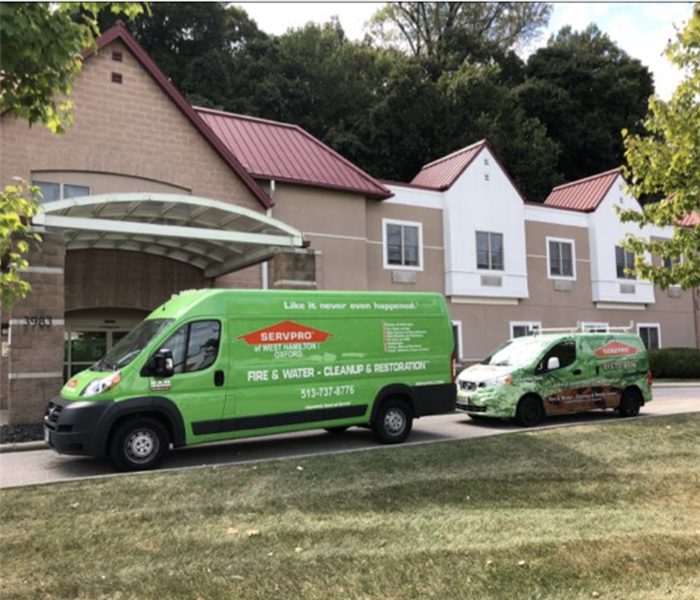Insurance Claims: How to Prepare for an Adjuster's Visit
10/8/2019 (Permalink)
 While it is part of the claims process, a home adjuster visit can feel oddly intrusive and even judgmental, but they don’t have to.
While it is part of the claims process, a home adjuster visit can feel oddly intrusive and even judgmental, but they don’t have to.
While it is part of the claims process, a home adjuster visit can feel oddly intrusive and even judgmental, but they don’t have to. When viewed as only a process, a visit from an adjuster can be systematic and judgment-free, especially when you plan and prepare for their visit with the four steps below.
1. Prepare a Loss Inventory
Any insurance claim will likely require a loss inventory, which is an itemized record of any of your belongings too damaged to repair or restore. In addition to cataloging the information, it is a good idea to photograph any losses to show the adjuster as proof of loss.
2. Identify Structural Damage
Locate any structural damage before the home adjuster visit to ensure efficiency. You will want to look for cracks in walls or foundational separation. Additionally, you can check for sagging of the roofline or weeping/sweating around basement walls. Any structural concerns should be discussed with the adjuster to ensure they have the complete picture.
3. Collect Contractor Bids
Before the adjuster’s visit, you can begin the process of collecting cleanup and restoration bids. Professionals in the Cincinnati, OH, area will likely be better suited to your specific needs because they will be more familiar with local building codes. Receiving bids from a minimum of three contractors is standard and maybe expected by your insurer.
4. Make Copies of Important Documents
As adjusters are busy, typically having more than one client and claim at a time, it is beneficial for you to maintain copies of any relevant documents and correspondence between you and your insurer to substantiate your claims. The adjuster will likely have all this information, but in the off chance that there is a discrepancy, it is better to have proof and validation.
While it may be easy to see a home adjuster as the enemy, someone who is trying to cheat you out of your hard-earned dollars, the truth is that adjusters want to make sure you get what you’ve earned. You can help make that happen by following the steps above, making the process as efficient as possible.






 24/7 Emergency Service
24/7 Emergency Service